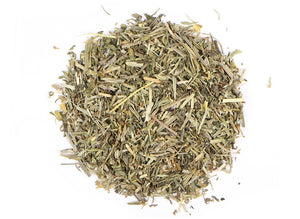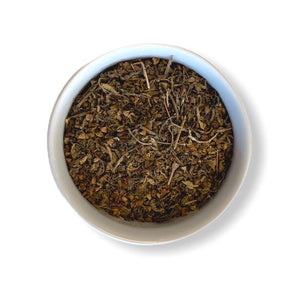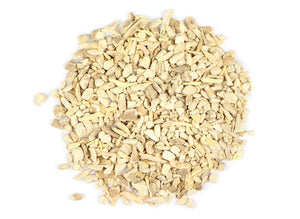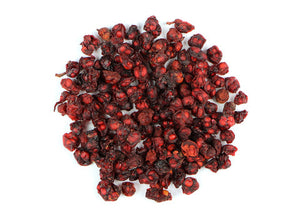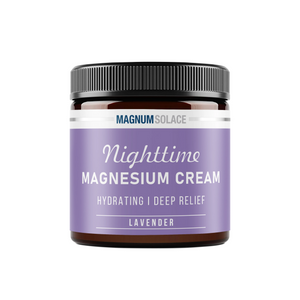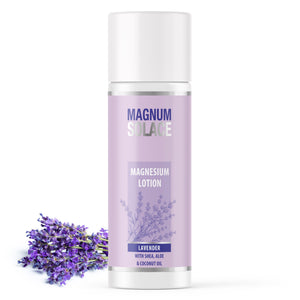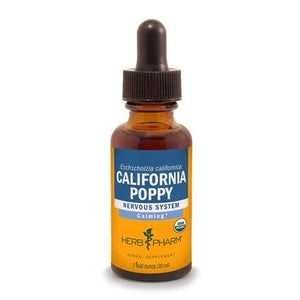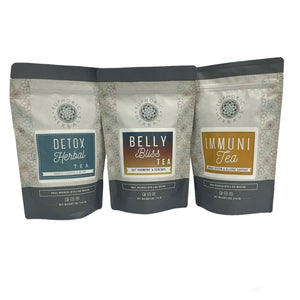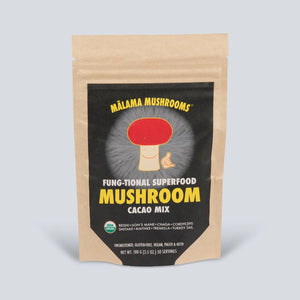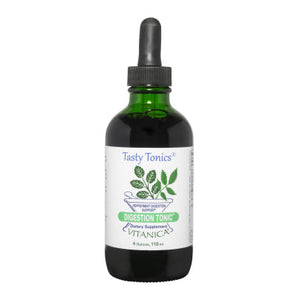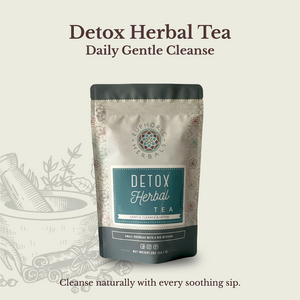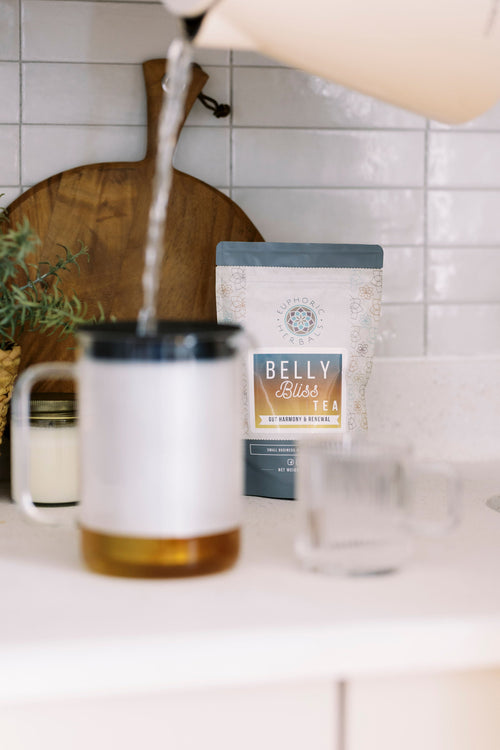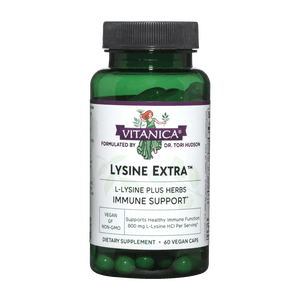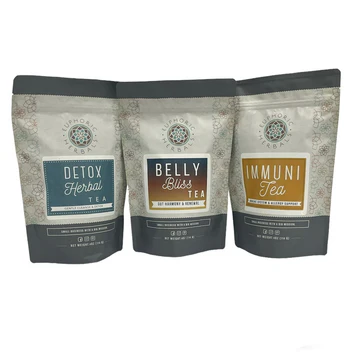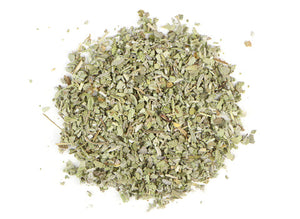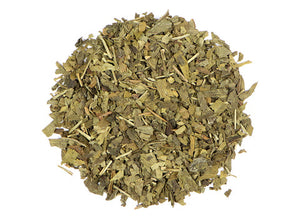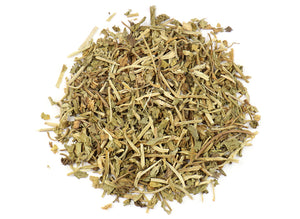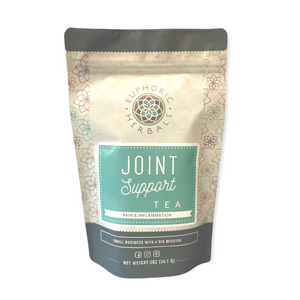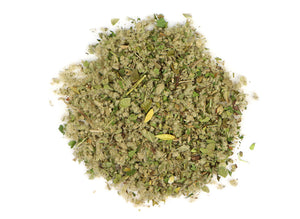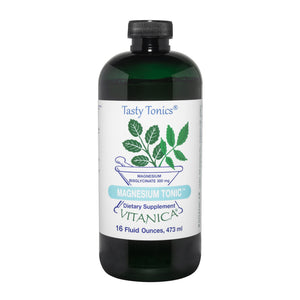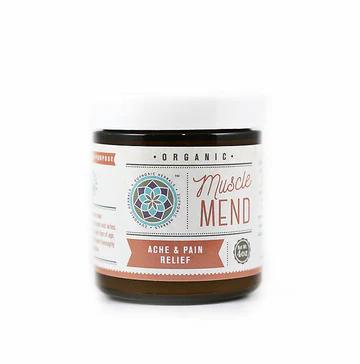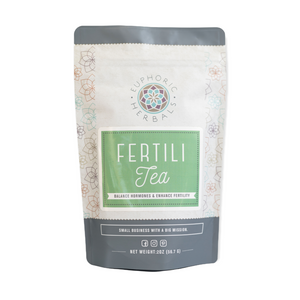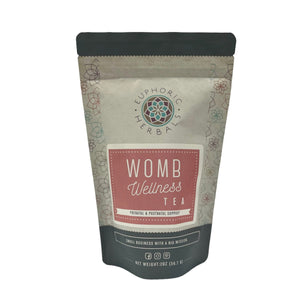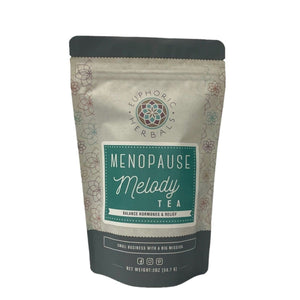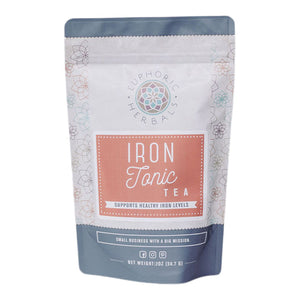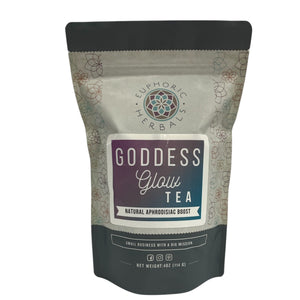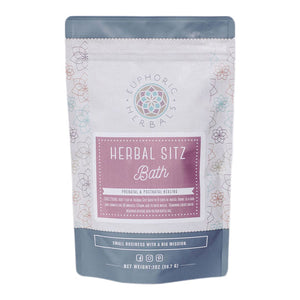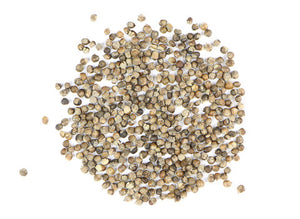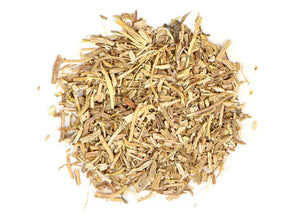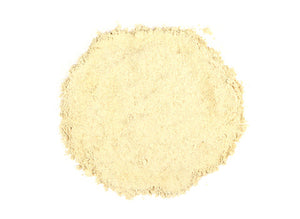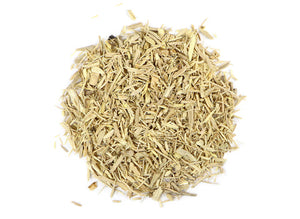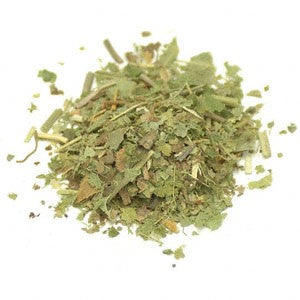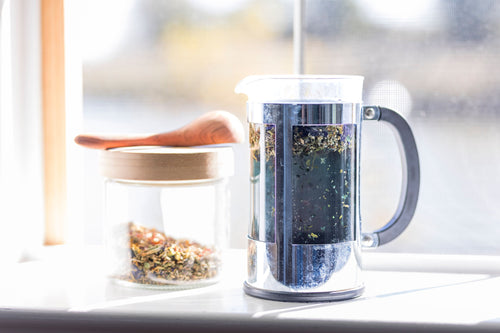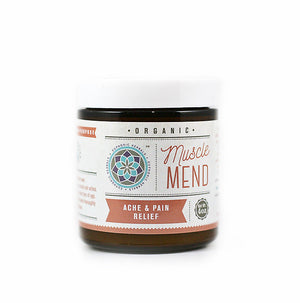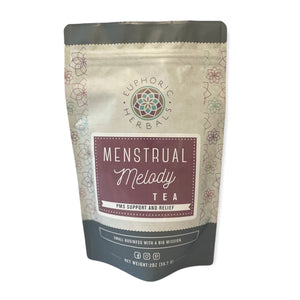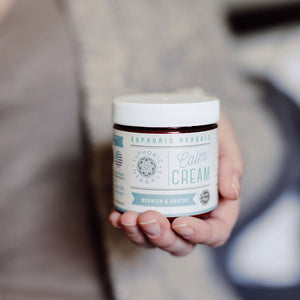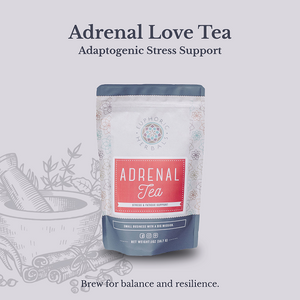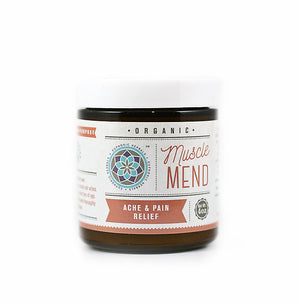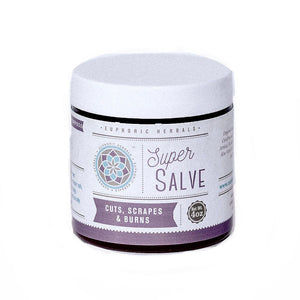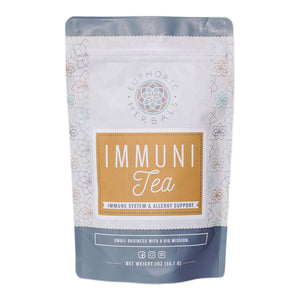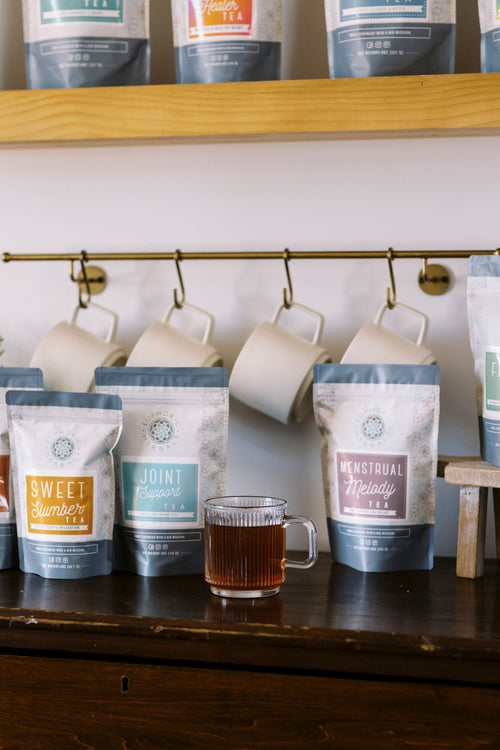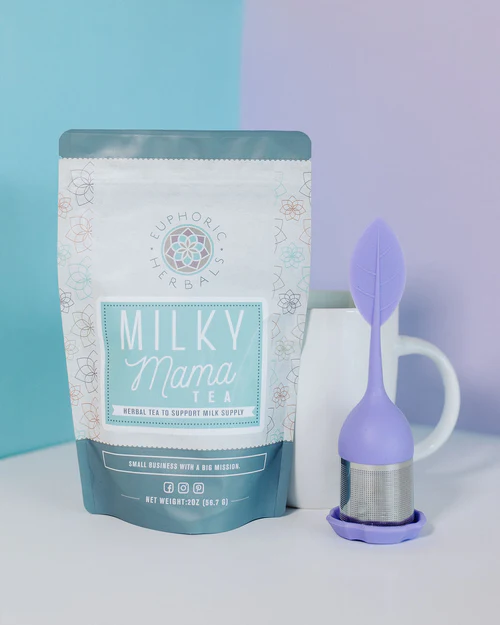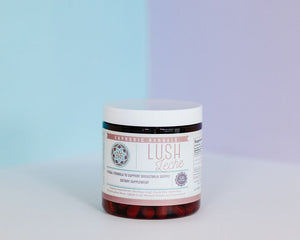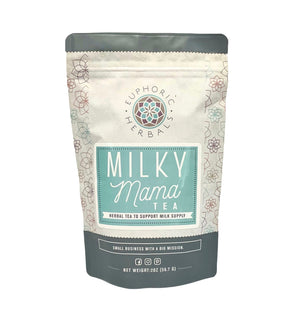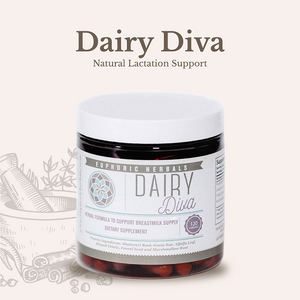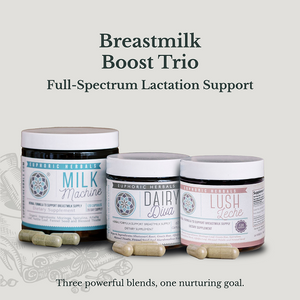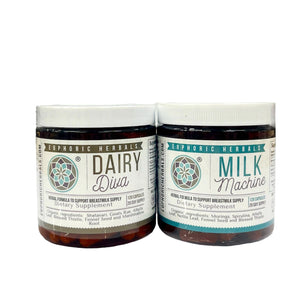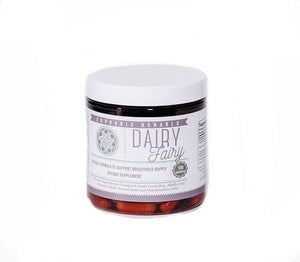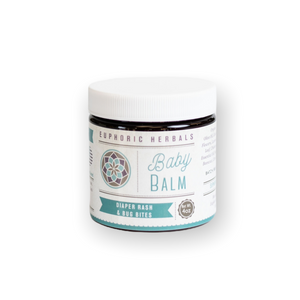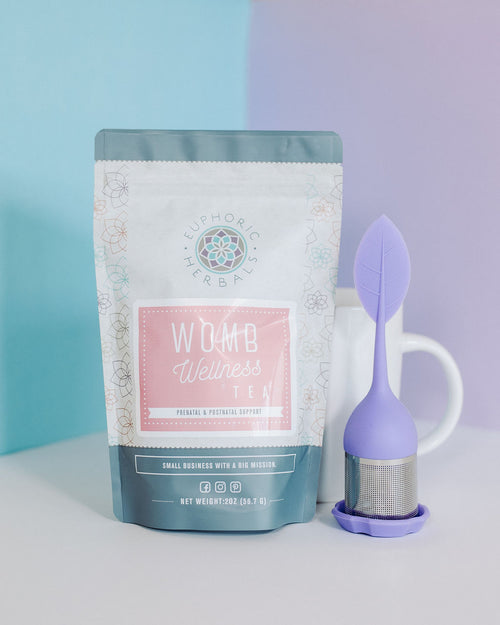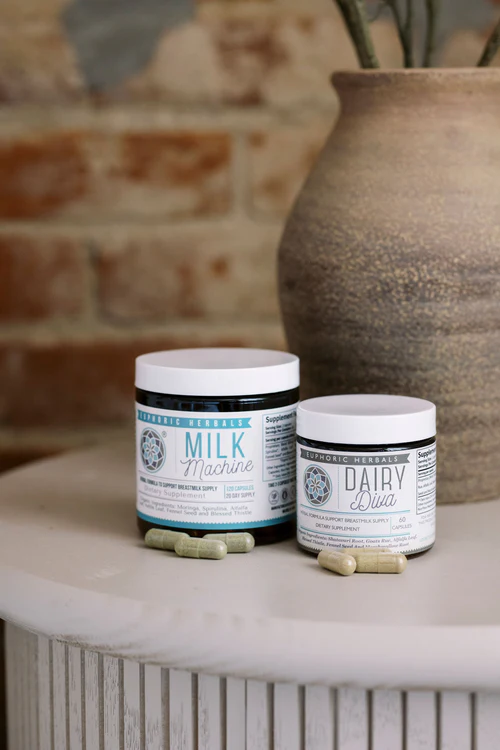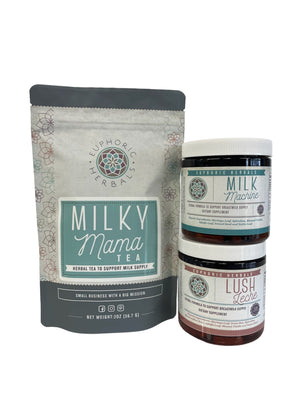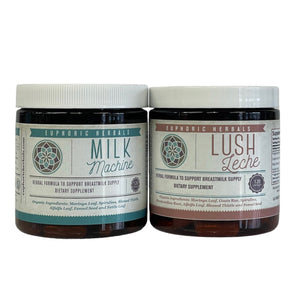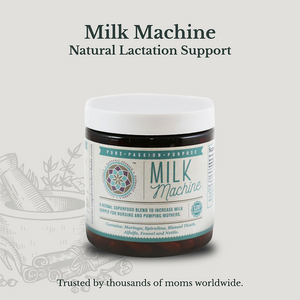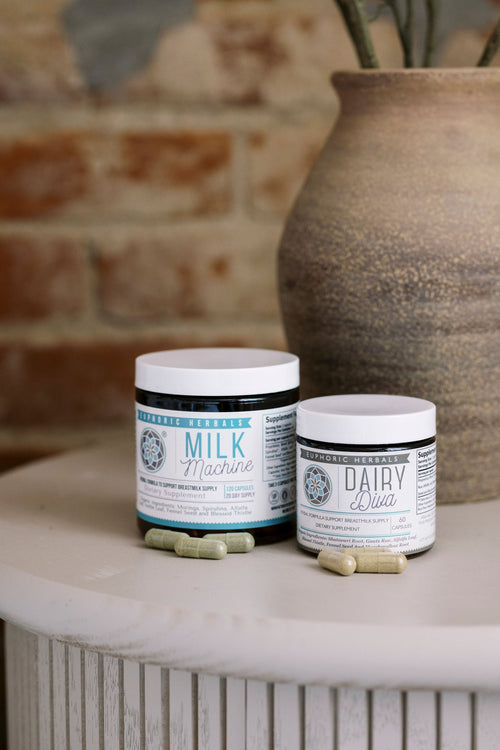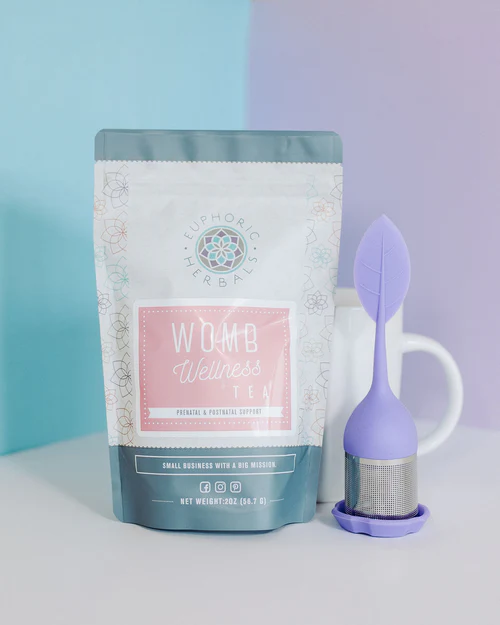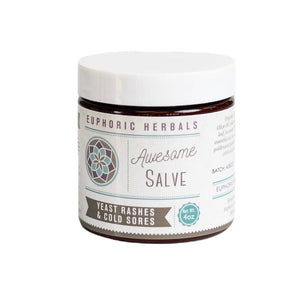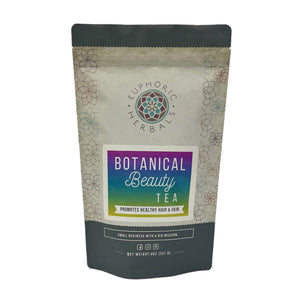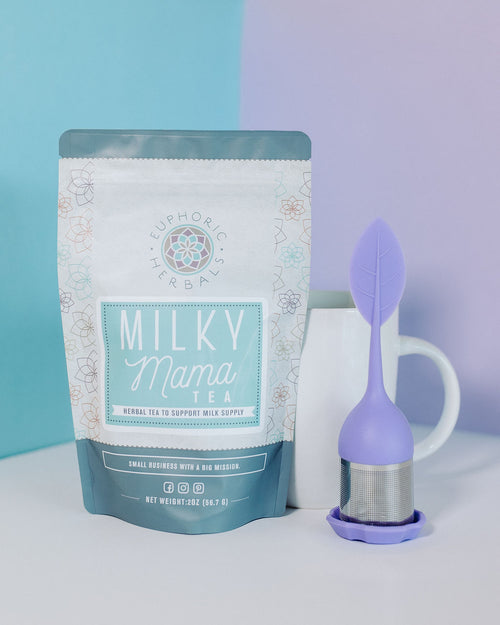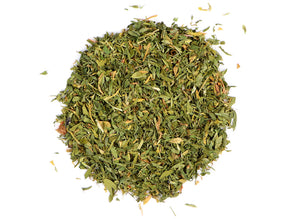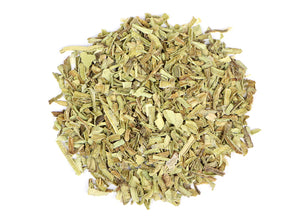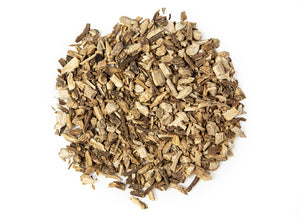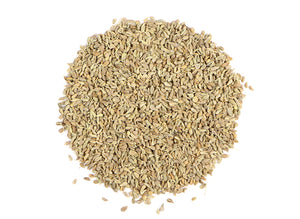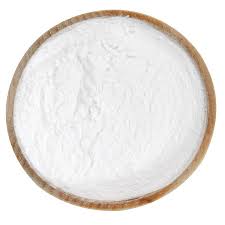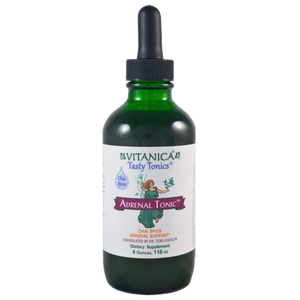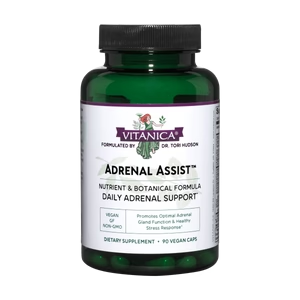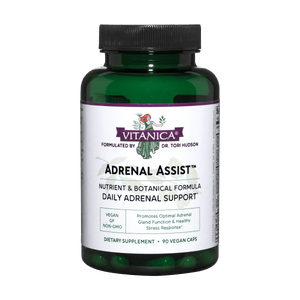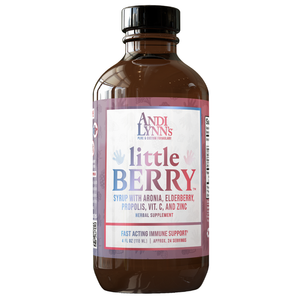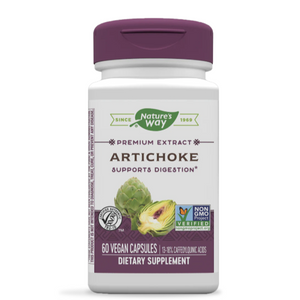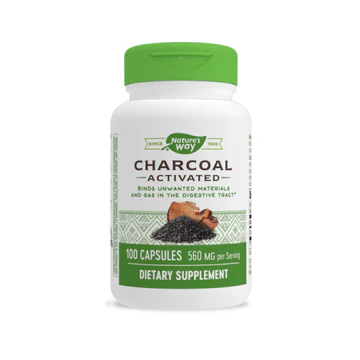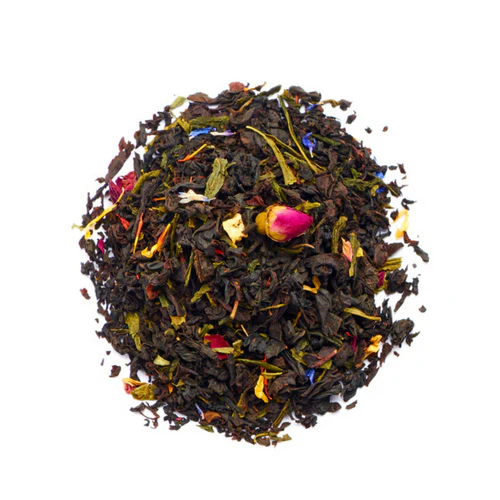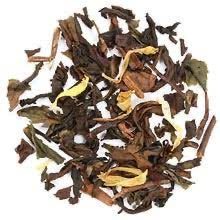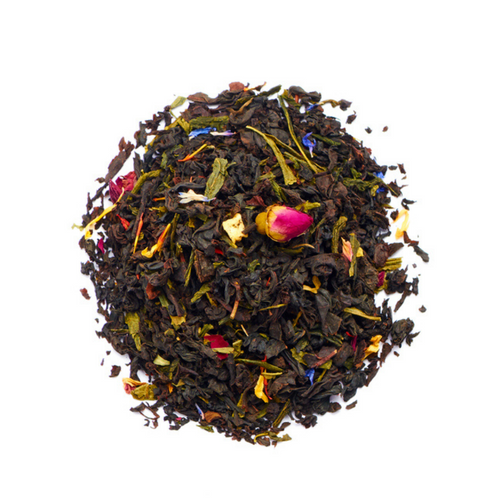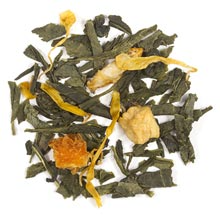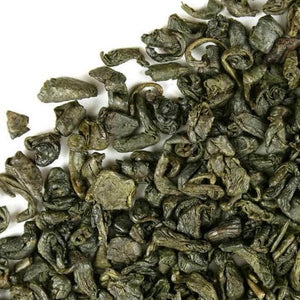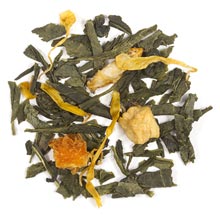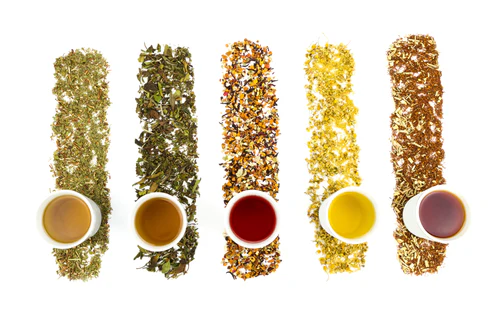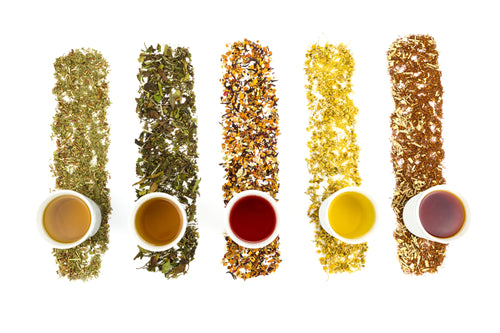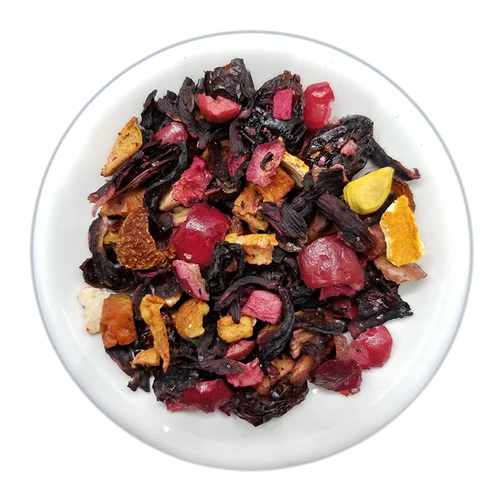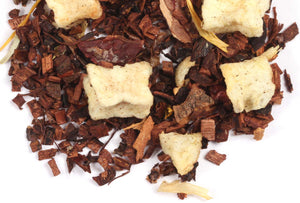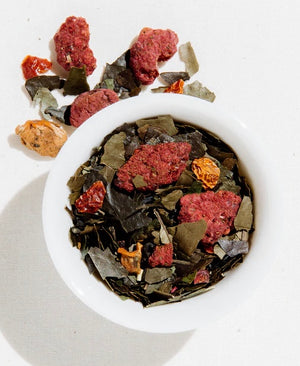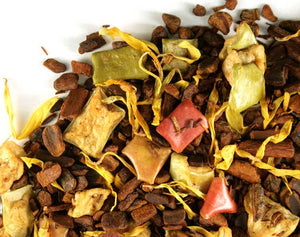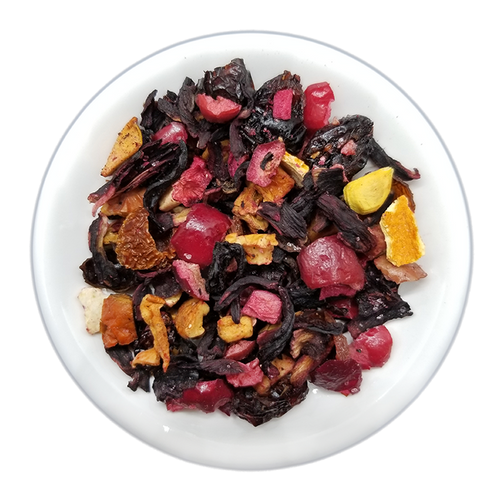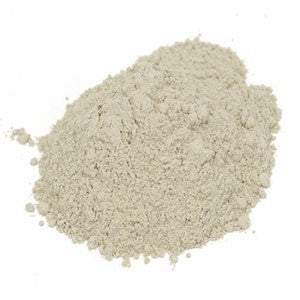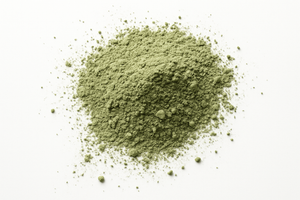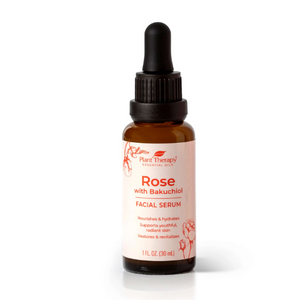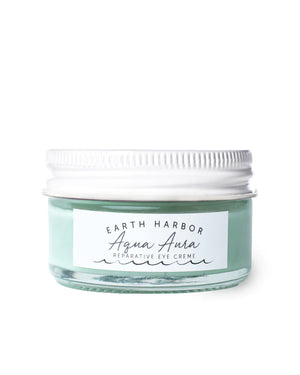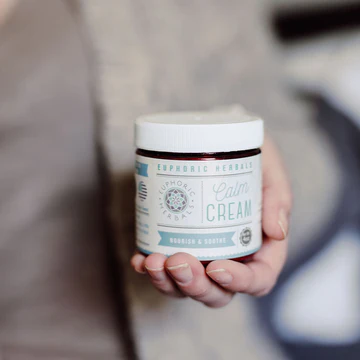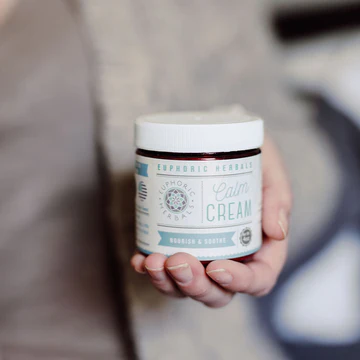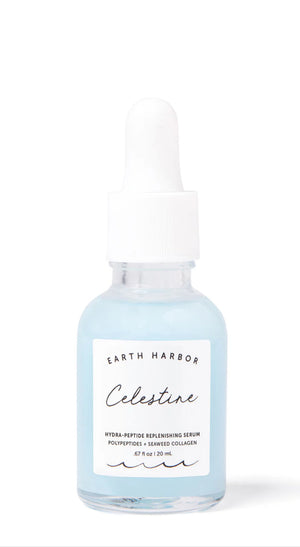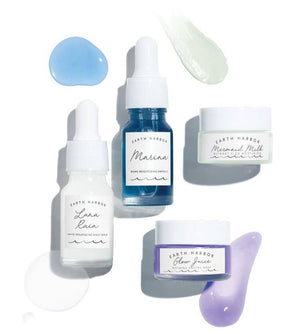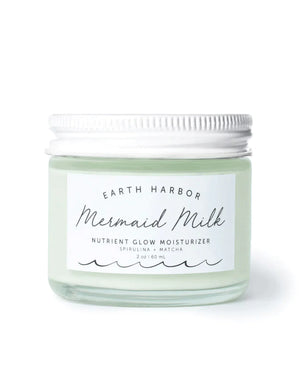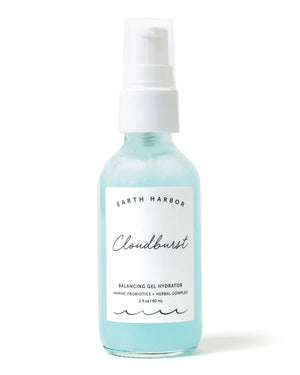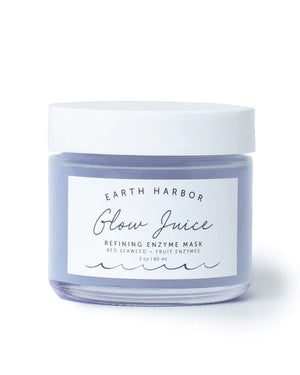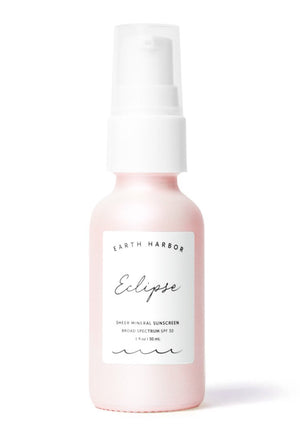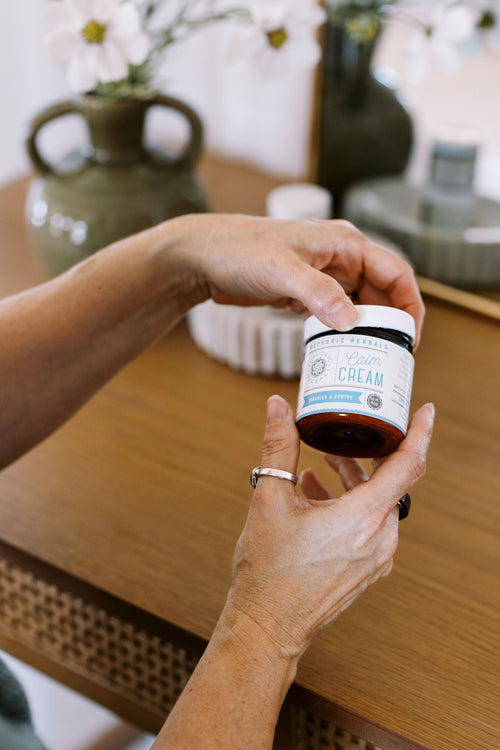Can you use both formula and breastfeed?
For many new parents, using a combination of formula and breastfeeding might be best option for their babies and them. If you were advised to utilize both options, you should understand a few things first.
Many moms desire to breastfeed exclusively, but they find that things don’t work out as they had planned. On the other hand, some moms decide immediately that they want to use both formula and breastfeeding to give their babies the nourishment they need. Some new moms have to rely on both options for other reasons, such as your baby can’t latch correctly, or chronic conditions that create low milk supply like Insufficient Glandular Tissue (IGT) or Insulin Resistance (IR). Other times, it is because you can’t pump enough milk while you’re gone at work or you feel that breastfeeding exclusively is too much for your body. Regardless of the reason, you can give your new baby formula even while you breastfeed.
Here are seven important things to consider when deciding to use formula and breastfeeding to feed your baby:
What is Nipple confusion? How common is nipple confusion?
Most new moms have read extensively about nipple confusion, where a baby gets confused because the nipple of the breast and that of the formula bottle are different. It is usually nonexistent and overblown because most babies can switch back and forth with ease. However, some babies do have some trouble, which is why most lactation consultants recommend that you try breastfeeding exclusively for the first month until you start to introduce a bottle. However, that might not be possible if your situation doesn’t allow you to spend every feeding with your baby.
The bottom line: Don’t worry so much about nipple confusion. If you’ve already decided that formula and breastfeeding are best for you, it’s likely your baby won’t notice any changes or show warning signs.
How can I breastfeed and formula-feed?
If you choose to give your baby formula while still breastfeeding, the best thing you can do is ensure that your baby enjoys both. To do that, you should try to be consistent. When you’re formula-feeding, make sure to switch sides, just as you would from one breast to the other. You should also burp the baby between side switches. Also, provide skin-to-skin contact and look into the baby’s eyes, giving them many cuddles during the session.
How do I Space out the formula-feedings?
You should talk to a lactation consultant and pediatrician about how often and when your baby needs formula. Some moms start out by supplementing with formula but may back off later. Others may choose to wean their babies off breastmilk somewhat or complete. Regardless, space out the formula bottles. Try to introduce a bottle about an hour or so after you breastfeed. Your baby is hungry, but he or she isn’t starving yet. You might also try adding in an additional feeding with the bottle a few days later. Choosing a more moderate approach keeps your milk supply up if you want to continue to breastfeed, but it might also prevent you from getting clogged milk ducts or getting a breast infection if you plan to wean the baby off breastmilk. When introducing a bottle to a breastfed baby it's important to practice paced-bottle feeding method.
Does Baby Formula type does matter?
You’ll find countless formula options, which can make it a challenge to choose the right one. Some formulas are designed for supplementation because they tend to have lutein, which is a nutrient found exclusively in breastmilk. These formulas might also contain prebiotics, which can keep the baby’s stool soft, which is particularly important because the type of iron in formula can cause constipation in babies as it's harder to digest. If you’re unsure what type you should choose, talk to your pediatrician to find out which one is right for your baby. Many times, healthy babies can use an iron-fortified, milk-based formula.
Just because it is a specialty formula doesn’t mean it is healthier or better. Of course, your budget is likely to play a role, as well. While organic products don’t have genetic modifications, hormones, and antibiotics and they are healthier, it can get expensive quickly. Your doctor or the baby’s pediatrician can recommend similar products and help you choose the most appropriate formula for your baby’s specific needs.
How will baby formula impact baby’s bowel movements?
Babies that have been exclusively breastfed have bowel movements that are soft and mustard-like in color/consistency. They can be mushy, seedy, or curdy, and they’re typically loose/watery. Formula-fed babies tend to have bowel movements that are soft but more formed and can range in color from yellow-brown to pale yellow, brownish-green to light brown. They might smell more pungent, too.
How do I know my baby is full?
Most parents, especially new moms, fret over how much their baby eats. It’s much easier to gauge what your baby eats when you use bottles and formula, but you don’t need to obsess about how much your baby is getting of formula or breast milk. Babies are instinctive; they will eat more when they’re hungrier and eat less when they’re not as hungry. As long as your baby gains weight appropriately, don’t become overly fixated on how much he eats at each feeding.
Always trust your gut.
Everyone is going to have an opinion about how you should feed your child. While you’re likely to listen to doctors and pediatricians, you don’t have to listen to your in-laws, parents, grandparents, and co-workers. It doesn’t matter that your mom believes it’s time to wean the baby off of breastmilk or that your sister-in-law thinks you should only breastfeed. In most cases, you and your doctor already know what’s best for you, which is likely best for your baby. Therefore, you’re going to make the right decisions based on your needs and can ignore what others might say.
It is important to do what is best for you and your baby.


